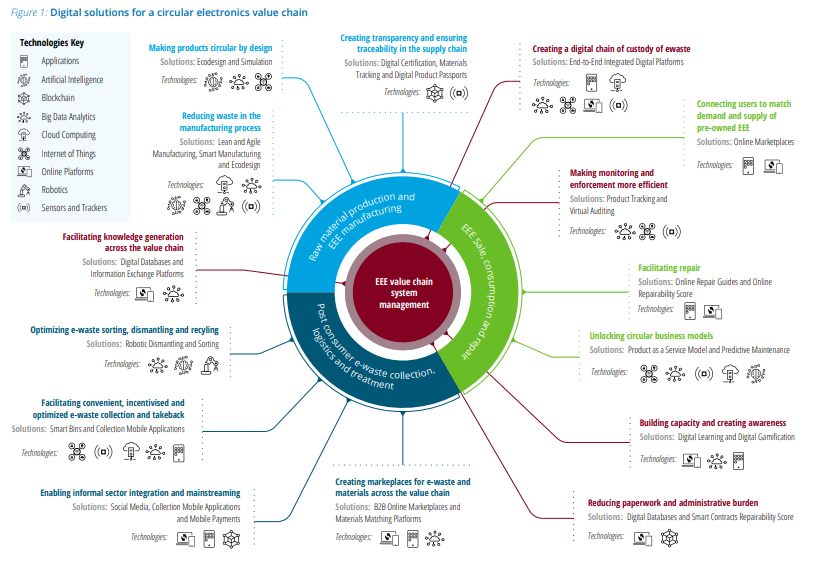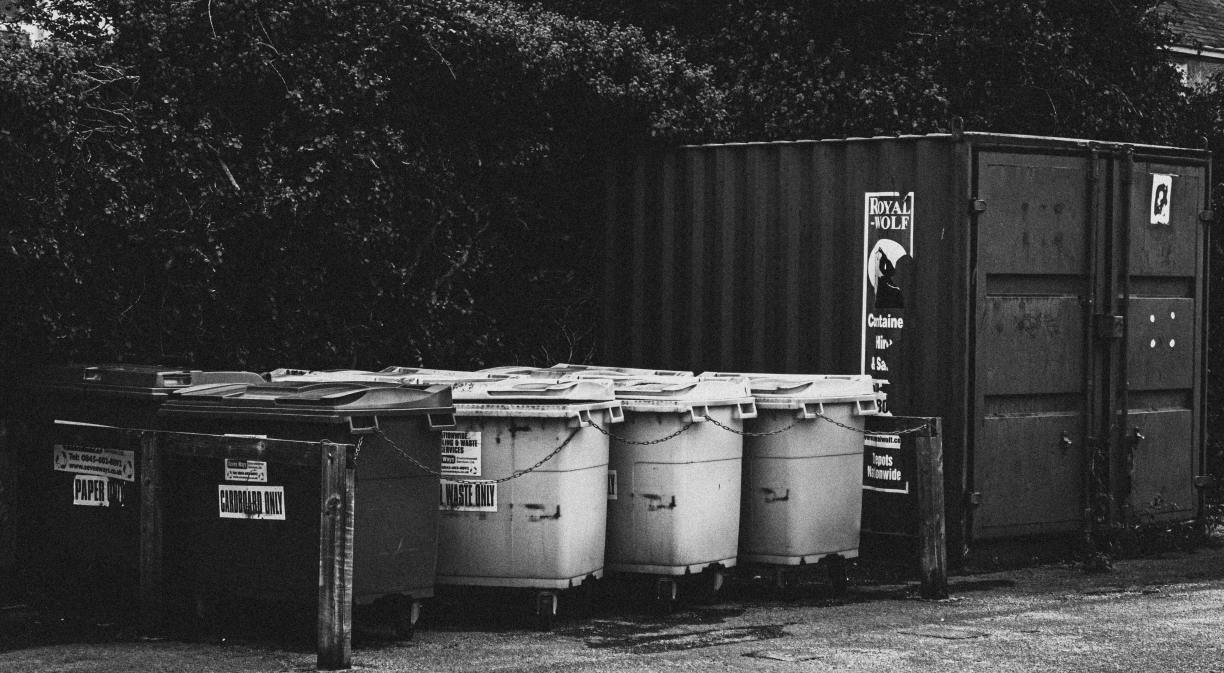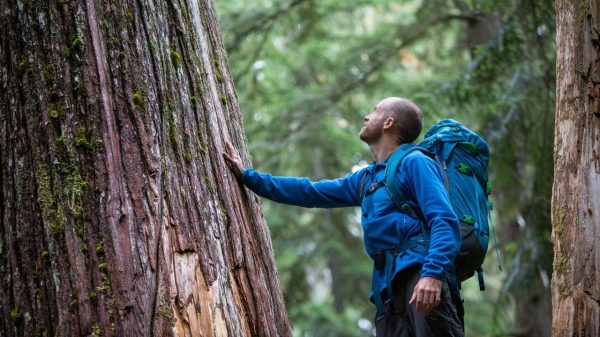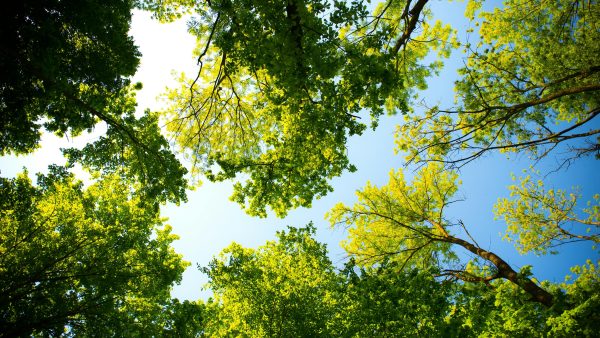Plastics, organic waste, bricks, glass, paper and cardboard, metals, textiles, oils, electronic equipment, among others. Urban waste is a growing problem. Its proper management will be key in both environmental protection and human health.
If waste is not managed properly, it could degrade the places where it is dumped, contaminate the soil, emit toxic gases, pollute rivers and seas and even contaminate groundwater, endangering the environment around us and more.
However, despite the growing concern regarding efficient municipal waste management, this is still a problem that businesses, public administrations and consumers themselves have to face.
In fact, a 2008 European directive already established that by 2020, 50% of municipal waste in all EU member states should be adequately treated for reuse or recycling, a figure that in 2019 only reached 34.9% in Spain, more than 15 points below the target.
Digital tools, an ally in waste management
If the increased use of new technologies benefits society in general, their use in such an important aspect as waste management is just as important. The application of new technologies such as Artificial Intelligence, blockchain, the Internet of Things (IoT), data analytics, cloud and robotics in waste management and treatment will significantly benefit the achievement of more sustainable materials management, according to a report by the European Environment Agency, EEA.
And although in Europe the use of innovative applications in the recycling sector is still in its early stages, there is no doubt that it has great potential for growth since, according to the EEA study (the European Topic Centre on Waste and Materials in a Green Economy), its use is decisive in driving the transition to circular and sustainable production and consumption models.
Technological innovation will make it easier for manufacturers to use recycled materials, it will allow consumers to make better purchasing decisions, and improve recycling companies’ access to better logistics and the quantities of material to be recycled, among other things.
An example of this are the Smart Waste services, which improve waste recovery and management by favouring circular economy through the use of Big Data and IoT, thereby helping to optimise waste collection truck routes.
Circular economy’s foundations
Reduce, reuse, repair and recycle are the basis of circular economy. With the benefits that digitalisation can bring to waste management in mind, Telefónica launched a pioneering tool called GReTel (Telefónica Waste Management or Gestión de Residuos de Telefónica in Spanish) in 2016.
This digital tool has enabled the company to increase the traceability from source to destination of all the waste generated at each of Telefónica’s facilities around the world. The information generated allows the people in charge to make the right environmental decisions in real time, especially regarding those aspects related to waste prevention, reduction and recycling.
The company integrates Circular Economy throughout its entire life cycle: It focuses on optimising resource consumption and promoting the return of used goods to the production cycle, focusing on purchasing, efficient network management and the provision of customer services to this end.
Its goal: to become a ‘Zero Waste’ company through eco-design, re-use and recycling. In 2020 alone, the operator recycled 98% of the waste it generated and reused almost 4 million pieces of electronic equipment.
This type of tool favours the development of statistics, such as reuse and recycling ratios, which allow the carrier to advance in its green growth strategy, aligning itself with the proposals–especially those from the EU–which urge governments and corporations to move towards a circular economy model.










